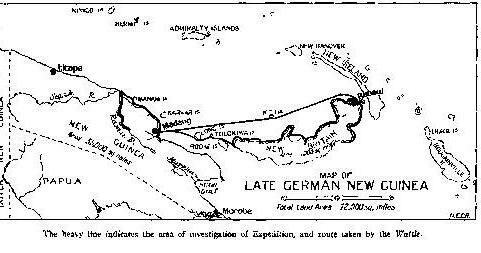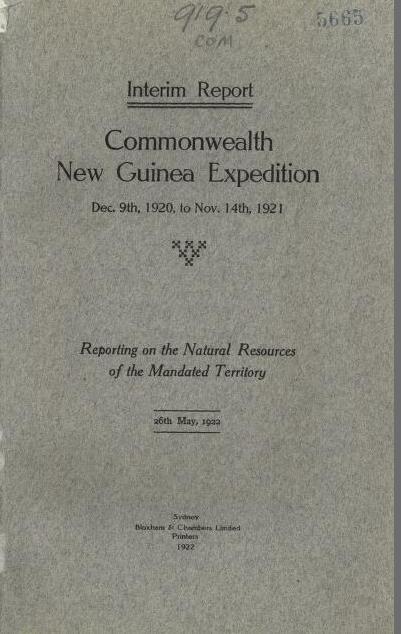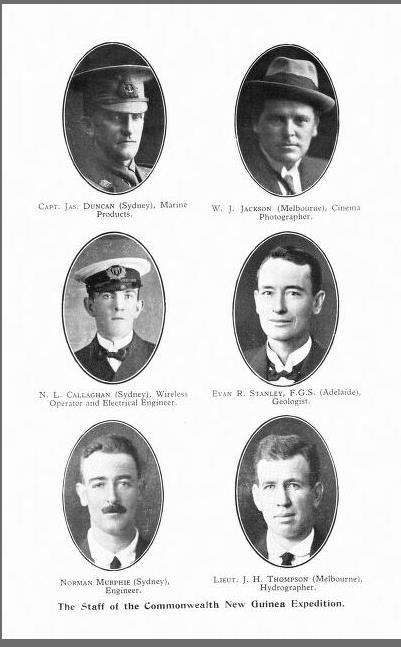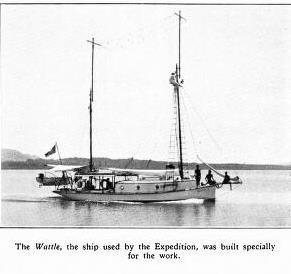
2 minute read
1920/21 Commonwealth New Guinea Expedition
from PNGAF MAG ISSUE #9J W3 of19th Nov 2022 PNG WOODS Phases of Industrial Development till 1975
by rbmccarthy
1920/21 Commonwealth New Guinea Expedition.28
In 1918 the Department of Home and Territories tried unsuccessfully to engage an experienced tropical forester from the Philippines or to borrow one from India with the wider brief to inspect the timber resources … and report … the best means of conserving and developing these resources. In 1920/21 the Commonwealth Government commissioned the Commonwealth New Guinea Expedition who presented an interim report titled Reporting on the Natural Resources of the Mandated Territory. May 1922.
Advertisement


28 Ref: PNGAF Mag # 9B-5 of 21/4/21 p 8. Ref PNGAF Mag # 9A of 15/3/21 p 37 27
Page 8 Interim Report Commonwealth New Guinea Expedition 9/12/20-14/11/21. During the military occupation of the Territory, no organised effort was made to ascertain its actual and potential resources. Casual reports occasionally came through from the Administrator to the minister of defence and were based for the most part on observations by police masters, deputy district officers etc. or sometimes through the Rabaul Lands department. Just before the introduction of the New Guinea Bill, the Prime Minister decided that an expedition suitably equipped for the purpose be sent to New Guinea. The writer had a conference with him, and the Minister of Defence and the Expedition was outlined in several official memorandum submitted to and approved by Mr Hughes. General instructions were that the expedition should not cost more than 10,000 pounds and should not be absent for more than a year, be under the sole control of the Prime Minister’s department and a roving commission within the Territory. The main purpose of the Expedition was to conduct investigations regarding natural resources along every possible avenue which would yield reliable information helpful to the Federal Government. The Territory had a land area of 72,000 square miles and it was not part of the objects of the expedition to attempt to explore such an area. The main object in making a voyage was to gain information at first hand relating to general questions such as land, manpower, trading, recruiting, waterways and power, anchorages etc. and to visit the more remote and little-known parts away from the shipping routes and in uncharted waters. During its currency, provision was made for conducting the customary observations of a scientific expedition such as meteorological work, mapping rivers, reefs, mountains, measuring potential power of waterfalls, determining latitudes and longitudes, measuring altitudes, taking soundings, recording natural phenomena such as earthquakes, geysers etc. A boat was purposefully built called The Wattle.



